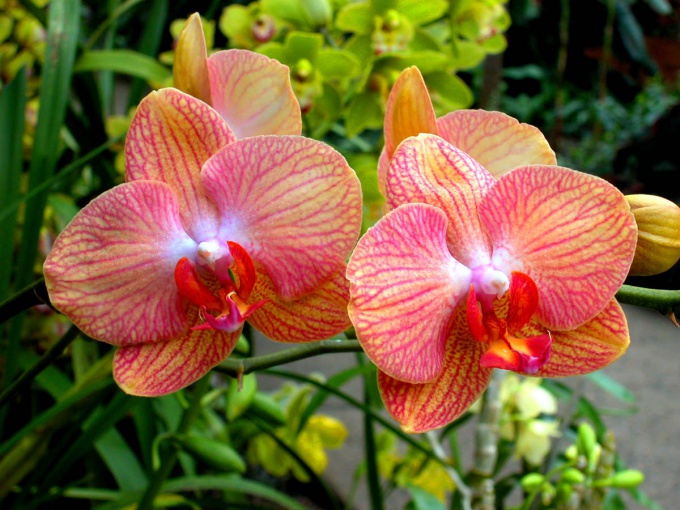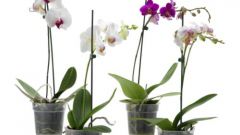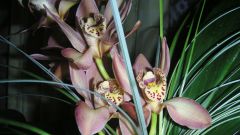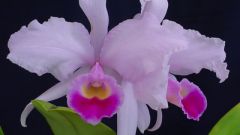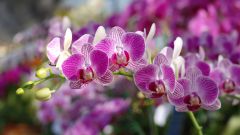You will need
- transparent pot;
- bark;
- sphagnum.
Instruction
1
For Phalaenopsis it is important to choose the right substrate because it is an epiphyte. For him the soil is not nutrient medium, but only a means of retaining in the pot. Therefore, the substrate is most often used pine bark. You can buy in a flower shop, and you can dial in the woods, but better with fallen dried trees. Bark it is advisable to boil before use and cut into pieces 1 to 2 cm Into the substrate, you can add moss for additional capacity.
2
Phalaenopsis is better to plant in a transparent plastic pot. Ceramic pots should be avoided as the roots grow tightly to the edges, and re-transplanting without injury to the roots to produce will be difficult.
3
Take a pot and slightly mash it with hands firmly attached to the roots a little bit behind the walls of the pot. With one hand pull the pot down, the other hold the Phalaenopsis behind the neck, slowly pulling him out of the pot. Shake off the old substrate and check the roots for the presence of healthy and dead. Living roots thick and white, and dead wet and brownish. With small scissors to carefully cut off the rotten roots to healthy tissue. The cut will "powder" by any fungicide that can be purchased at the flower shop. If drugs is not available, you can use crushed coal or crushed fresh cinnamon. They have antibacterial properties.
4
It is advisable to plant in moist substrate, since a few days after planting to water the Phalaenopsis is undesirable to the fresh cuts have time to dry. On the bottom of the pot to put a little drainage. For this purpose you can use foam pieces or any inert substrate.
5
Put the Phalaenopsis in the pot and spread the roots closer to the edges of the pot. The base of the neck should be below the rim of the pot to Maintain a 2-3 cm Phalaenopsis hand and slowly put the prepared bark between the roots. A little tap on the edges of the pot, the substrate is better compacted. Don't need high scatter bark. Optimally, when the base of the neck of the Phalaenopsis is on the substrate. On top of it you can put a little sphagnum.
6
Another good way - landing on the block. A suitable piece of bark on top of which is fixed a hook wire. To improve the capacity of the unit it can attach sphagnum moss or coconut fiber.
7
Then secure the unit phalenopsis, spread the roots on the block. Phalaenopsis should be back up – this is his natural position in nature. But it should be borne in mind that the block culture is more suited to the lucky owners of orchidarium, as the unit dries faster than the substrate.
Useful advice
Orchids like tight pots. When ordinary houseplants the root ball reaches the edge of the pot, so it's time to transplant. The orchids, this is just the beginning of rooting!
